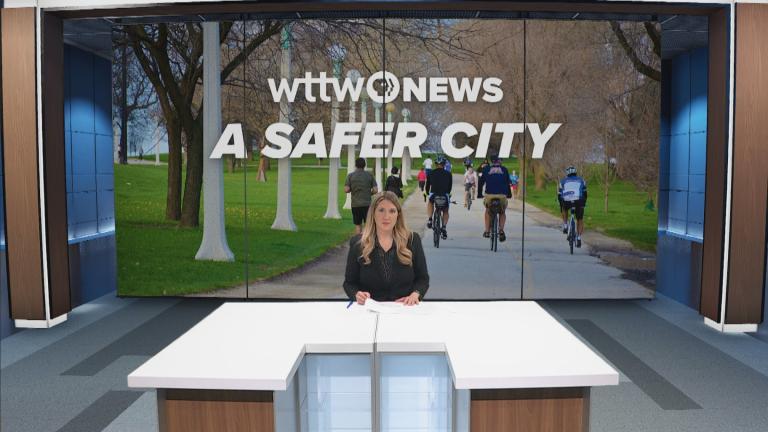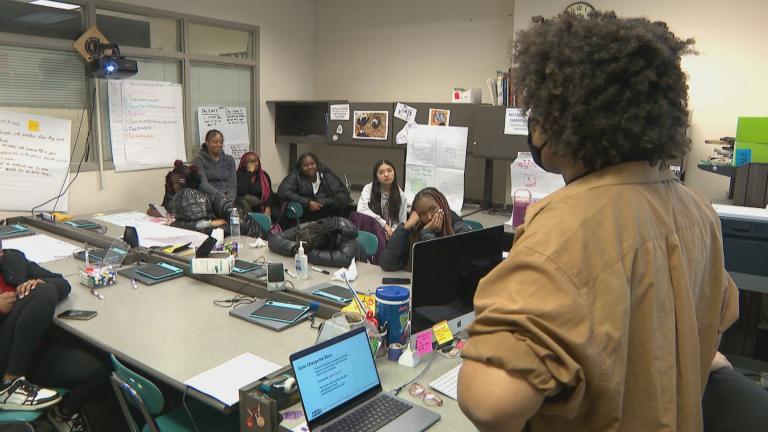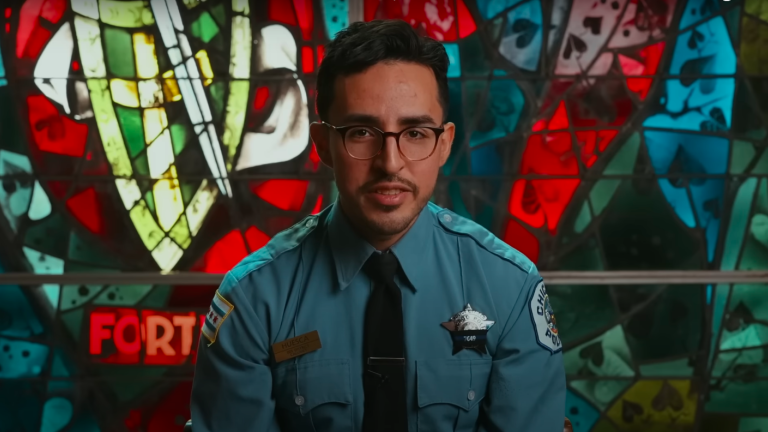Recent data shows that the murder rate in the U.S. is experiencing one of the largest decreases ever. Yet that good news doesn’t always make the headlines.
Instead, mainstream media is often accused of furthering a narrative about rampant crime.
TV news, in particular, has long been criticized for following the “if it bleeds, it leads” strategy, focusing on violent crimes, especially homicides.
“Mainstream media very narrowly defines crime as shootings, homicides and property theft, the most sensational types of crimes that have Black/Brown faces often attached as perpetrators and victims,” says Morgan Elise Johnson, co-founder and publisher of The TRiiBE, a digital media platform reporting on the experiences of Black Chicagoans.
Johnson believes mainstream media is shaping public attitudes about what constitutes crime and who we should consider criminals, but she challenges the choices newsrooms are making.
“If corporate theft, environmental harm and government corruption were covered as crime and given the primetime day-in and day-out coverage that gun violence gets, maybe the state of the world would be healthier and safer for us all,” Johnson said. “For instance, imagine if every single city code violation was covered on the nightly news in the way that carjackings were and framed as a crime.”
Longtime TV anchor and reporter Derrick Blakley, who recently retired from CBS 2 Chicago, is also alarmed about editorial decisions concerning crime coverage.
“Even before the pandemic, Chicago media, particularly the Tribune, began a concentration on crime coverage that I had never seen before,” Blakley said. “Examination of weekend and weekly shootings and murders, comparisons of stats this year to last year and previous years, increased fear of crime even as murders and shootings decreased. Many do not know the record years for murders in Chicago were 1974 with 970 murders, and second was 1992 with 943, under the mayoral reign of the two Daleys.”
Blakley would like to see crime trends covered more, instead of individual crimes.
“For individual crimes, TV stations and other news outlets should be able to explain why they’re covering a particular crime or string of crimes,” he said. “Is it to make a community safer? Is it to highlight a bigger trend?”
For Charles Whitaker, dean and professor at Northwestern University’s Medill School of Journalism, Media, Integrated Marketing Communication, context is crucial when it comes to covering crime.
“We are still prisoners to our conventions of storytelling, which is if it bleeds, it leads,” Whitaker said. “We know that gets eyeballs. We still are also trapped by the constraints of our formats, the 30-minute newscast which doesn’t allow us to provide the time and context, the ability to explore how and why we have the crime that we have.”








